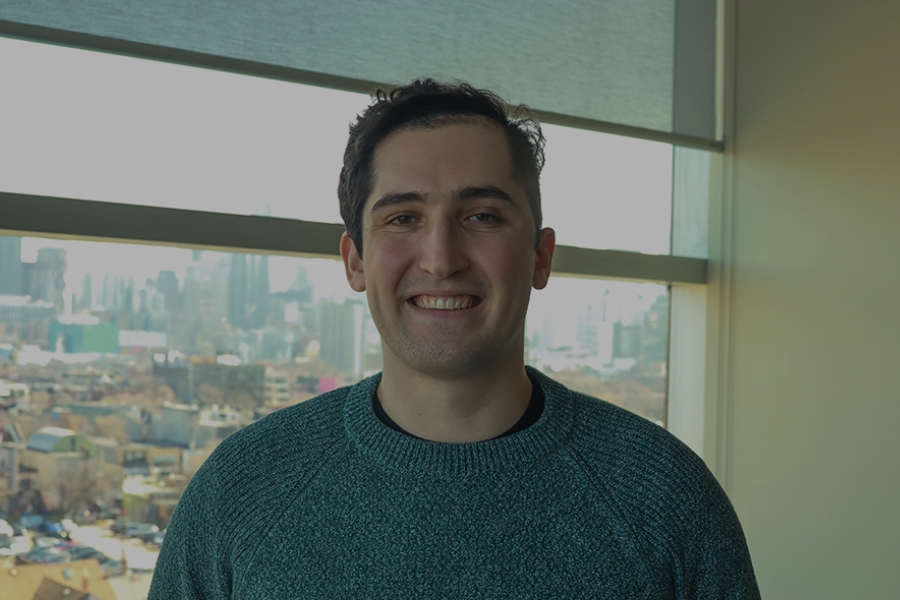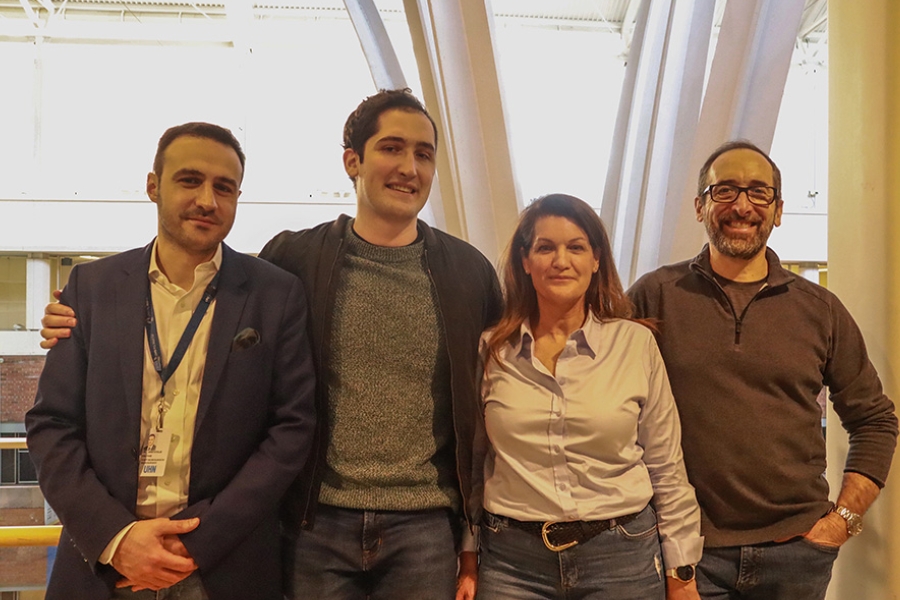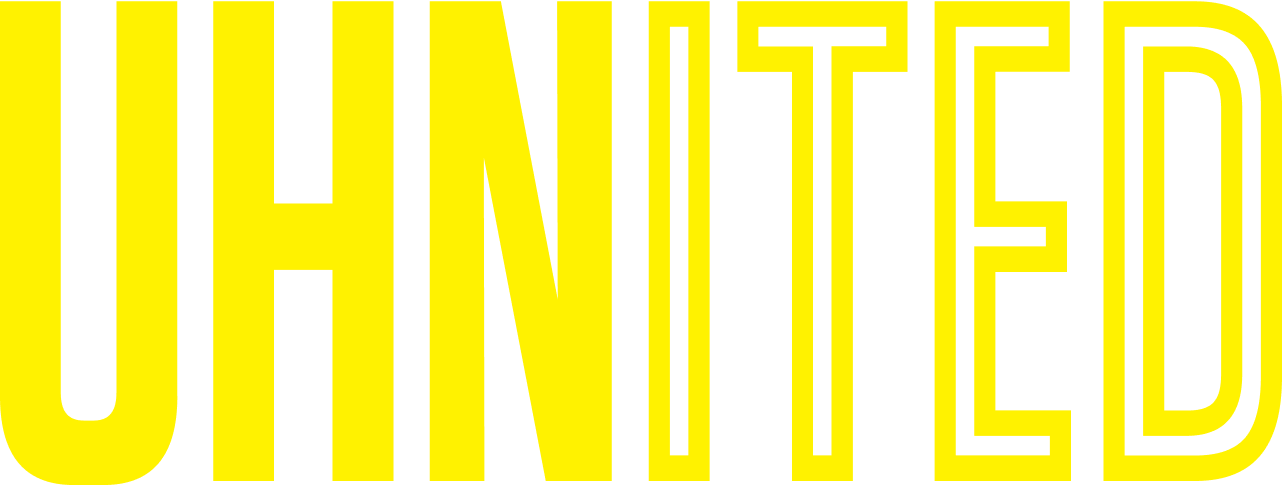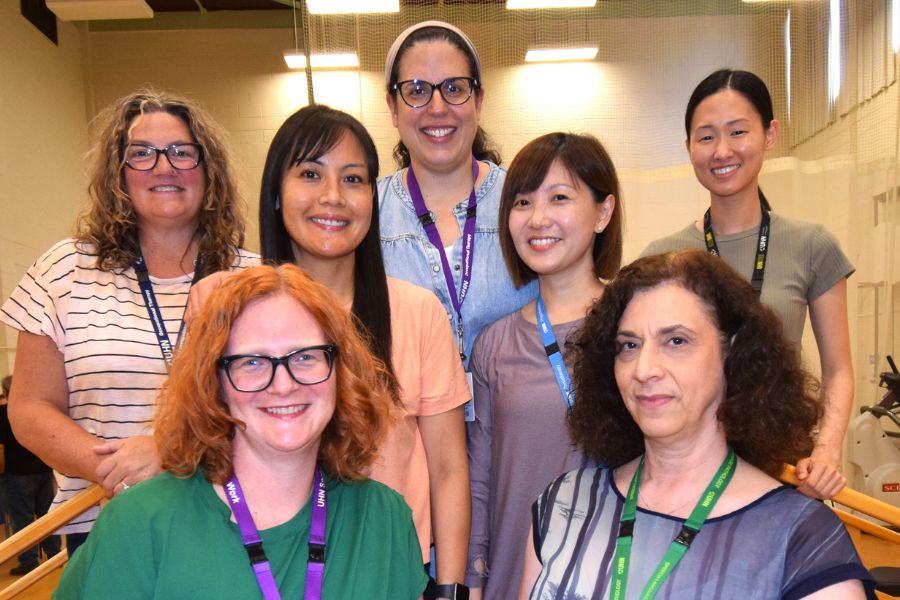
Call it maternal instinct.
When Mary Connell received the heart-wrenching news that her then-24-year-old son James had a rare, cancerous brain tumour, she knew there was only one place to take him.
“I knew he had to go to Toronto Western [Hospital],” says Mary, who was on a work trip in Northern Ontario in 2022 when she received the devastating news in a call from her husband.
Composing herself, Mary got into her car and drove home to Mississauga. She picked up James and set off for the Toronto Western (TWH) Emergency Department, all while processing the news for the first time.
“I thought, this is my child, and I’ve got to make sure that he gets the best,” says Mary, a nurse for 37 years, who knew that TWH was the place to go for neurosurgery – something she learned while working at Mount Sinai Hospital in Toronto.
Fast forward to today, and Mary’s intuition about TWH has proven correct.
Her son, James Kanarek, who was diagnosed more than two years ago with chondrosarcoma – a rare, malignant brain tumour of the skull base that typically presents itself in older adults – has undergone a biopsy and two successful surgeries at TWH to remove the tumour that was wrapping around his carotid artery, the main highway of blood to the brain.
“When I got the news, I thought, I’m probably going to die in the next 10 to 20 years based on where it is and how fast it’s growing,” says James, who was completing his master’s degree in environmental science at the University of Toronto (U of T) when he was referred to Dr. Aristotelis Kalyvas, a skull-base neurosurgeon at TWH.
After being presented with his treatment options, James advocated strongly for an aggressive, still-safe resection of the tumour followed by radiation. The other option, a biopsy and radiation, is the most conservative approach but can have inferior results for survival and quality of life.
“It’s not every day that you see a patient so motivated to do the best for their disease, although it might be riskier,” says Dr. Kalyvas, a mentee of Dr. Gelareh Zadeh, co-Director of UHN’s Krembil Brain Institute.
Watch the full story of James Kanarek’s journey. (Video: UHN)
James’ tumour – which was between five centimetres to six centimetres in diameter – was wrapped around his carotid artery on the left side of his skull base and was pressing on nerves that affected his vision. Dr. Kalyvas and his team completed the biopsy and surgeries using James’ nose as an entry point to access the tumour and remove it using a minimally invasive endoscopic technique.
“I wasn’t anxious, and really, was looking forward to the first surgery after the experience I had with the biopsy,” says James.
James saw his surgery as a coin toss – either leave it and live with the possibility of dying or have as much of it removed as possible and keep going on with his life.
“It was either be in pain and have a scar on my head the rest of my life or keep a large tumour,” he says.
“I thought to myself, I’ll take the first one.”
Looking back on the morning of James’ first surgery, Mary says it “felt like divine intervention.”
“It felt like I was just surrendering my son to this,” she says, recalling holding back tears as she watched James walk through the pre-operative doors before what would be a surgery of 15 or 16 hours.
“Then, my whole perspective flipped,” Mary says of a TWH staff member walking over to Mary and her husband to console them.
Mary assumed the man in scrubs was a nurse working on the pre-operative floor. After explaining her situation to him, he challenged her perspective, telling her that today – the day her son was undergoing brain surgery – would in fact be an excellent one.
“Your son has a tumour that can be operated on, and you’ve come to the best place on earth to get this surgery done,” he said.
“You can ask anybody here in this building for help, and somebody will help you.
“So, today’s a good day for you.”
When he turned around, Mary couldn’t help but notice that his uniform read “Housekeeping.”
“I thought it was extraordinary, that he would see that as part of his role to support us,” Mary says, still amazed by the memory.

The second surgery happened in February of this year, and this time required an incision to go in and remove the remainder of the tumour. Now, only 10 per cent of James’ tumour remains.
Toronto Western Hospital is a world leader in neuroscience, and among the best hospitals in the world, providing a breadth of services from casting for fractures to sophisticated brain surgery.
UHN’s Krembil Brain Institute – the research arm of TWH – is home to one of the world’s largest teams of physicians and scientists who work together to develop innovative treatments for chronic neurological disorders and prevent problems of the brain and spine.
In February 2024, Premier Doug Ford announced Ontario is investing nearly $800 million for a new 15-storey patient and surgical tower at TWH, which will have 82 beds and 20 state-of-the-art operating rooms and increase surgical capacity by 20 per cent.
“It will be an innovative state-of-the-art facility to support surgical precision in every aspect,” says Dr. Kalyvas.
“We will have the opportunity to reach out to patients outside of the GTA and treat an even bigger population of patients with complex tumours in the best way we can.”
Since his surgery, James has successfully defended his master’s thesis in environmental science. He is applying for jobs to conservation groups across Canada while continuing his work as a teaching assistant at U of T.
Later this spring, James is expecting to begin radiation therapy at UHN’s Princess Margaret Cancer Centre to treat the remaining 10 per cent of the tumour.
“Throughout the time James has been at Toronto Western, we’ve constantly met people – total strangers – who supported us,” says Mary.
“They’ve given us our child back. They’ve given James a second chance at life.
“And, for that, we are so grateful.”
By Catherine Danko

No one ever changed the world on their own but when the bright minds at UHN work together with donors we can redefine the world of health care together.


